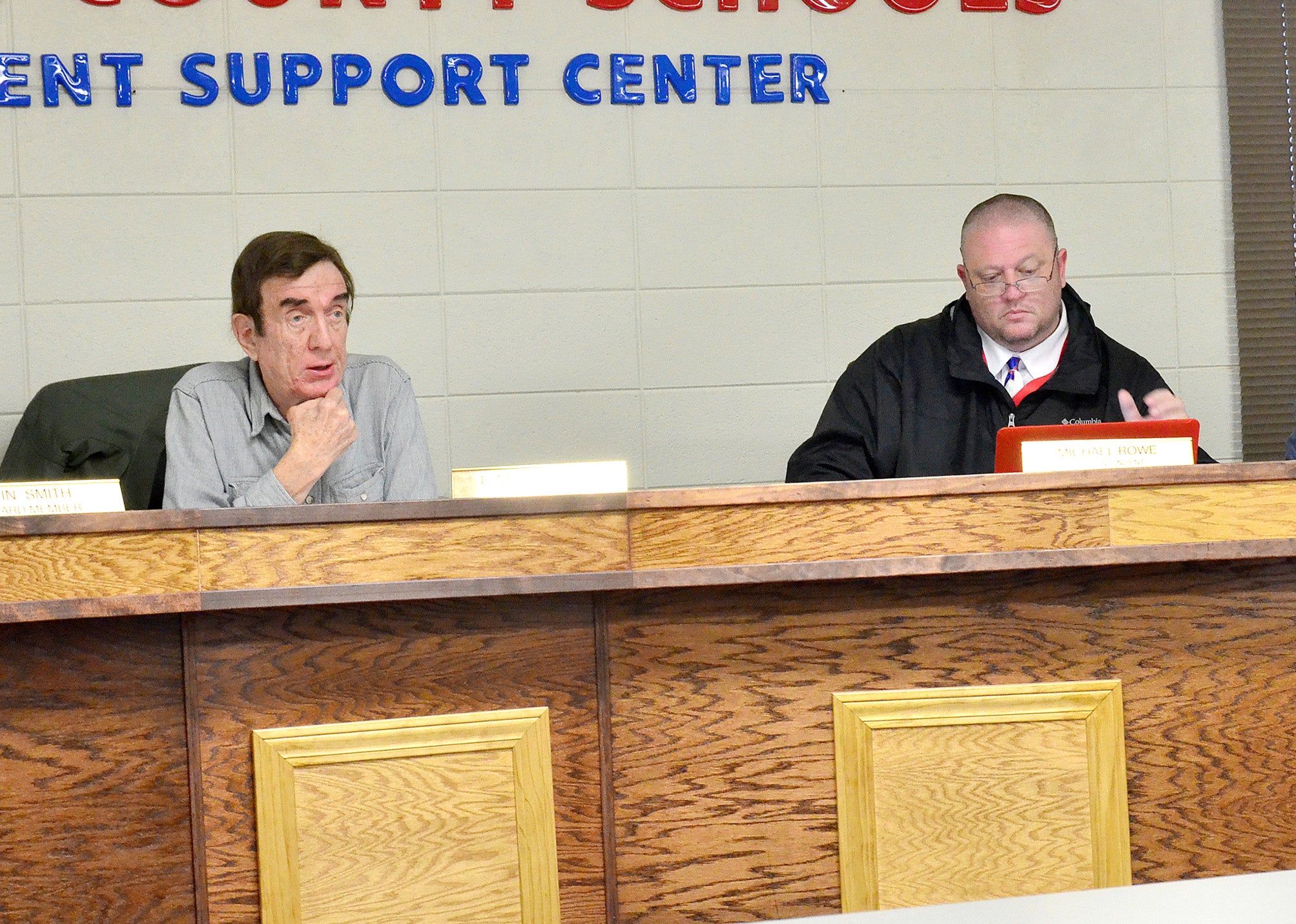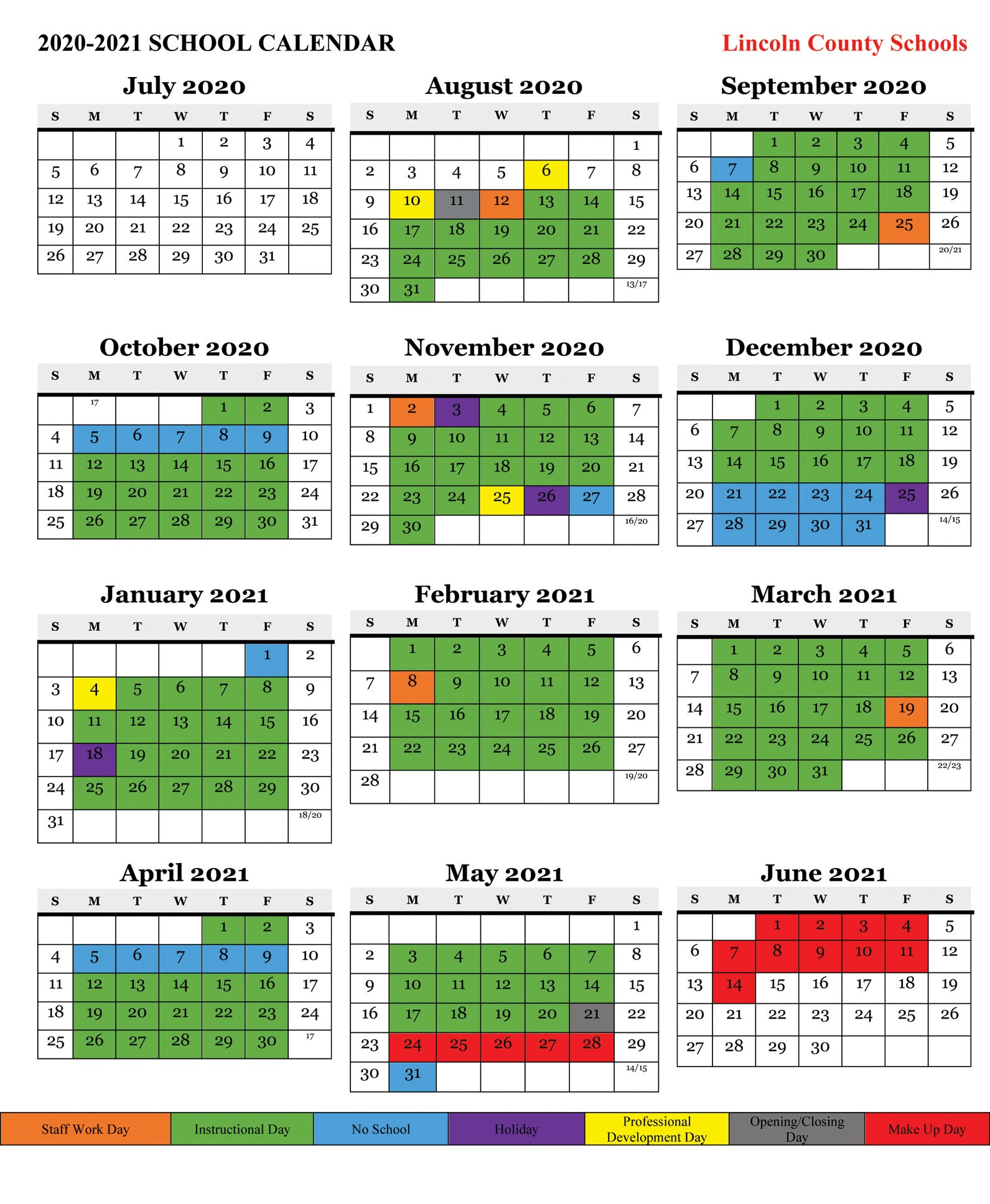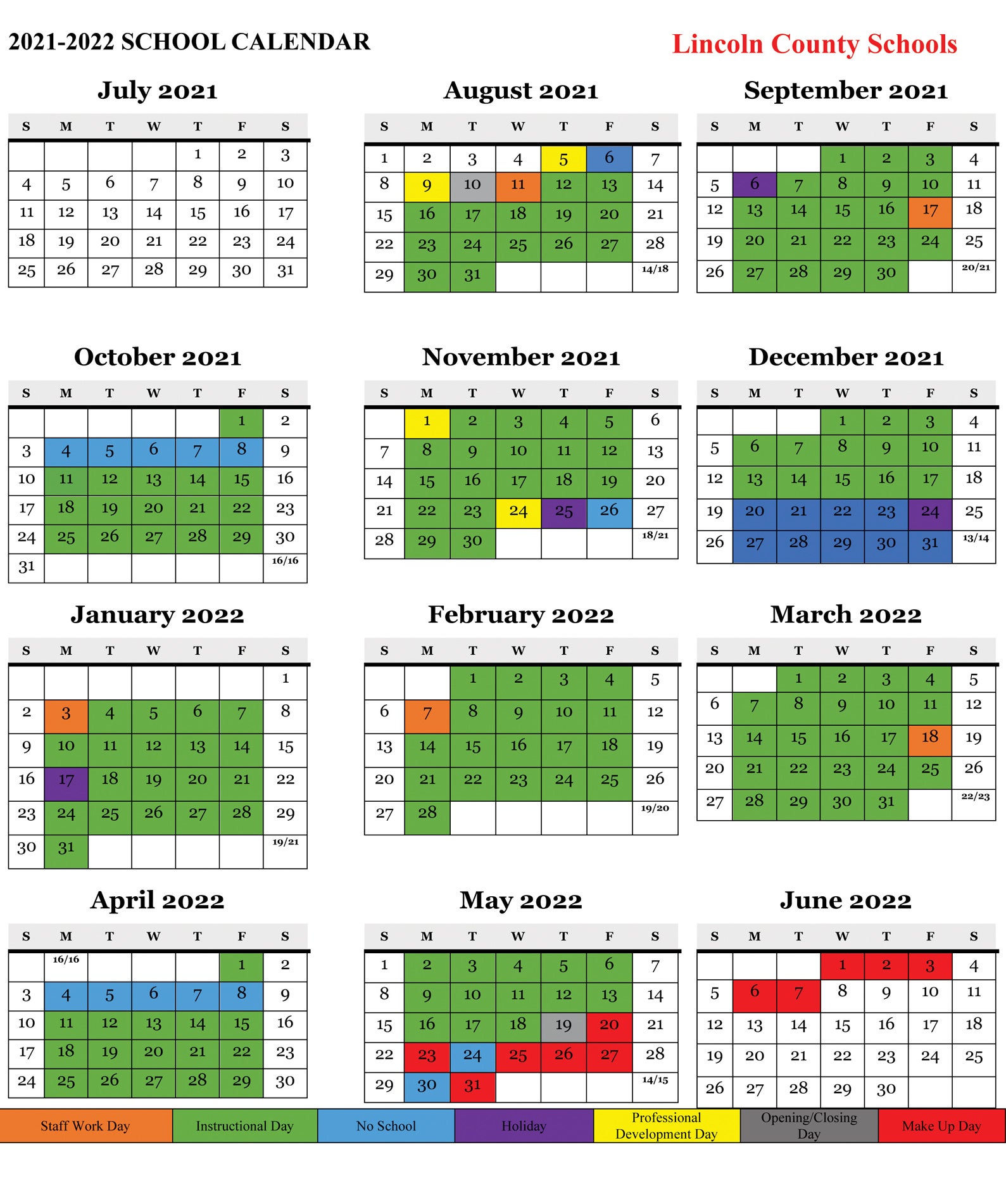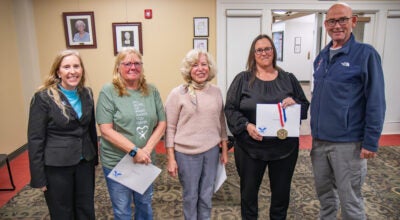Board approves school year calendars, contemplates rotating chair positions
Published 10:56 am Friday, February 21, 2020
|
Getting your Trinity Audio player ready...
|
STANFORD — The final bell hasn’t sounded on the current school year, but Lincoln County students, faculty and staff already know when school will start for 2020-21 and beyond.
In a change from previous years, the Lincoln County School Board approved not one, but two school calendars during its February meeting. The board voted 5-0 to approve both a 2020-21 and 2021-22 school year calendar.
According to Brandi Hon, Lincoln County Director of Pupil Personnel, the school calendar committee felt it was important to establish some recurring norms with the district school calendar.
“When setting up the calendar with our committee, we really wanted to make it easier for staff, students and parents to have a general understanding of what to expect from year to year. We wanted to make it easier for all stakeholders to plan ahead,” Hon said.
Some of the norms established for the school calendars were:
School will never start before the first double digit Wednesday in August;
Fall break will always be the first full week of October;
Thanksgiving break will include the Wednesday as a non-school day for students;
Spring break will always be the first full week of April.
“It’s really made the calendar an easier process,” Hon said. “We just kind of plug in when those PDs (Professional Development) and staff work days are.”
The 2020-21 school calendar shows 15 makeup days for the end of the school year, but Hon said that is only done because “you have to do the most you’ve had in the last five years.”
The first day of classes for the 2020-21 school year is Thursday, Aug. 13, 2020 with the closing day set for May 21, 2021. Fall break is set for Oct. 5-9, Thanksgiving break is Nov. 25-27 and the Christmas break is the week of Dec. 21 to Jan. 1, 2021. Spring Break 2020-21 is the week of April 5-9.
For the 2021-22 calendar, the first day of classes is Thursday, Aug. 12, 2021 with the closing day set for May 20, 2022. Breaks for the 2021-22 school year include: Fall break – Oct. 4-8; Thanksgiving break – Nov. 24-26; Christmas break – Dec. 20-31; and Spring break – April 4-8.
In the Lincoln County School District, there are 10 Non-Traditional Instruction (NTI) days set aside. There have been four NTI days so far this school year.
Rotating Board Chair, Vice Chair Proposed
Long-time Lincoln County School Board chairman Tom Blankenship suggested a new board policy at the recent meeting, introducing his proposal to rotate the positions of board chair and vice chair among the board members.
“This is something that I’ve been wanting to do for some time. I just haven’t had an opportune time to do it. I think you and I talked about this probably two years ago,” Blankenship said, turning to Superintendent Michael Rowe. “I don’t know if anyone realizes it or not, but we’ve had four board changes in about 14 months. But now I think things have sort of settled down and I think we’re ready to offer this for the board’s consideration.”
The proposal would involve rotating the positions of board chairman and vice chairman every two years, alternating among the five members. The members of the board represent five different districts within the county. The current board members are: Division #1 Win Smith, Division #2 Ricky Lane, Division #3 Bruce Smith, Division #4 Alan Hubble, and Division #5 Tom Blankenship.
To be eligible to serve as chairman, each member must have served for two full years to acclimate them to the responsibilities of the job. If not, the position will go to the next eligible person. Blankenship said it would not be necessary for the vice chairman to have served two full years at the time of assuming the position.
The rotation, which would begin in January of 2021, would start with the Division #1 member, if eligible, becoming chairman. The Division #2 member would become vice chairman. When two years expire, the Division #2 member would then become chairman, if eligible, and the Division #3 member would become vice chairman. In the event that the position of chairman becomes vacant, the vice chairman would serve the remaining position of that term and would be eligible for their own two-year term. This would continue until all members have had the opportunity to serve and then the process would begin again.
Blankenship said the process is forever “Forward, Not Backward,” meaning the member can only serve when their time in the process comes around. If they decline, for whatever reason, they would have to wait until the next cycle to be considered. The position would then move to the next eligible member in numerical order.
With the continual rotation of board chair and vice chair, dedicatory plaques or other recognition would not list titles, but would list the board membership in alphabetical order.
“I think this is a fair way to do it,” Blankenship said. “I think it will be interesting to change up on this. I think it might, maybe not, but might help to have a little more board cooperation and cohesiveness by having everybody having a share in this.”
This was just a first reading on the proposed board policy change.
“I think it is an interesting proposal and could work out very well,” Board Attorney Jonathan Baker said. “We’ll just look at the policies and statutes to make sure that is able to be done.”
While the board will revisit Blankenship’s proposal, no delay was necessary in implementing a new board procedure, with any action effective immediately.
Rowe explained the guidelines to the Revised Board Public Participation Procedures step-by-step for those attending the meeting. The guidelines are:
Please write your name and address on the sign-in sheet if you wish to speak;
When you speak, please identify yourself. If you represent a group or organization, please provide the name of the organization;
If you represent an organization and are holding the same position on an issue, the board may ask that a single individual be designated as a spokesperson. Otherwise, we ask you to limit the number of speakers representing the organization to three;
All speakers will be allotted two minutes and there will be no yielding of time permitted;
Please help provide as much opportunity as possible for others to speak by avoiding excessive repetition of points made by previous speakers;
Please stick to board topics, such as school programs, activities, facilities, budget issues, testing or academic issues, courses of actions, etc;
Please avoid comments that relate to specific board members, employees or students or their otherwise private or personal in nature. This includes the use of a name or a person’s job title. State and federal law prohibit the board from allowing public discussion of these matters. Your comments on these subjects may be submitted in writing to the superintendent;
Please show appropriate public civility. No cursing, either verbally, by spelling, by signage or clothing. No shouting. No finger pointing. No threats. No name calling, etc. Those violating this provision will be asked to leave the meeting;
The format is public input. To save time, the board will not engage in lengthy question and answer or debate of issues. Board members, the staff are present to listen and rarely ask questions. The board welcomes and appreciates constructive feedback when such is motivated by a sincere desire to improve the effectiveness of a district. Feedback and comments towards the board shall focus on board policies, board decisions and agenda items, not individuals.
The revision passed 5-0, with Hubble making the motion to approve and Win Smith giving the second.
The board also approved the Tentative Section 4 and Section 5 staffing policy (K-3 ratio of one teacher for every 24 students; 4-12 ratio of one teacher for every 25 students) and Tentative 7 Staffing Policy (schools with enrollment of 350-1,000 allowed one assistant principal and those with 1,001-1,500, allowed two – and other positions set by board).
After the Staffing Policy was approved, Rowe asked the board to consider changes at two schools in the district.
“Senate Bill 1, which was passed in the last session, has a suggested ratio of 250 students per counselor,” he began. “It’s not mandated because a lot of districts don’t have the money. Our budget would allow us to fall in line with that. That would mean we’d add an additional counselor to Stanford and we would add an additional counselor or possibly somebody for mental health for the high school. So that’s something to think about.”
In the case of a possible mental health provider at LCHS, Rowe noted that whether a mental health provider or counselor, 60 percent of time would be devoted to counseling.meeting.
The tentative motion passed.








